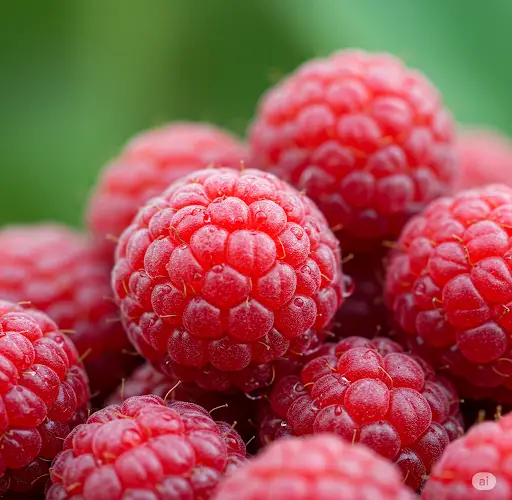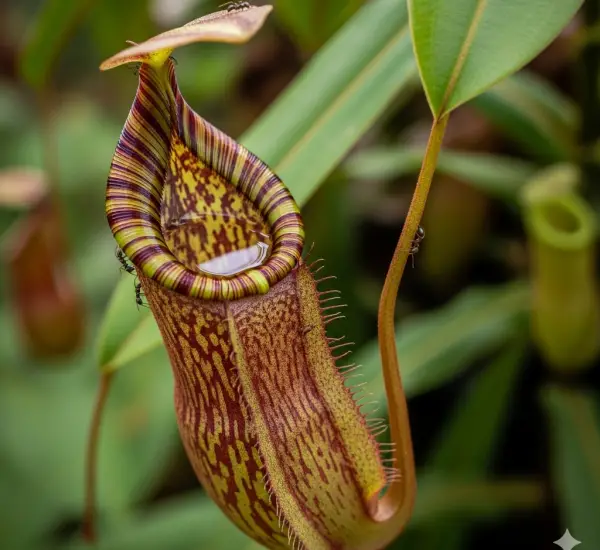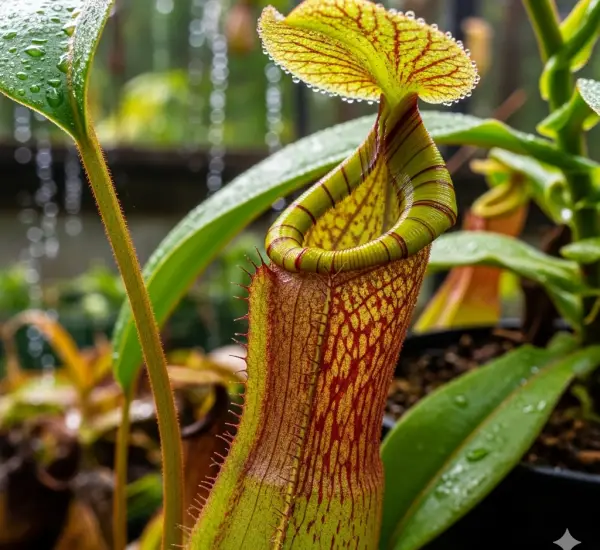Raspberries are one of the most rewarding berries to grow at home. With the right care, a single bush can produce an abundant harvest year after year. One of the most important yet often overlooked tasks is spring pruning. If you want fuller, healthier raspberry bushes and a harvest that’s bursting with fruit, now is the time to act.
This guide covers the simple but essential steps for pruning raspberries in the spring to encourage vigorous growth, more fruiting canes, and a longer-lasting harvest.
Understanding Raspberry Types: Why It Matters
Before you start pruning, it’s important to know whether you’re growing summer-bearing or everbearing (also called fall-bearing) raspberries, as the approach differs slightly.
-
Summer-bearing raspberries produce fruit on canes that grew the previous year. These canes fruit once in early to mid-summer and then die.
-
Everbearing raspberries produce two crops: one small crop on the previous year’s canes in early summer and a larger one in late summer to fall on new canes.
Knowing what type you have helps determine which canes to remove and which to keep.
Tools You’ll Need
-
Sharp pruning shears
-
Gardening gloves
-
Compost or mulch (optional but beneficial)
-
Twine or ties for training canes
Clean your tools before pruning to prevent the spread of disease.
Step-by-Step Spring Pruning
1. Remove All Dead or Damaged Canes
Start by clearing out anything that’s dead or visibly damaged.
How to identify:
-
Dead canes are usually brown or gray, brittle, and leafless.
-
They may have cracking or peeling bark.
-
Damaged canes might be broken or have signs of pest or disease activity.
Cut these canes down to the soil level and dispose of them outside the garden.
2. Prune Based on Raspberry Type
For Summer-Bearing Raspberries:
-
Identify and remove any canes that fruited the previous year. These are typically darker, more woody, and may have remnants of old fruit or spent flowers.
-
Keep the healthiest new canes (last year’s growth), which will produce this summer’s crop.
-
Thin out the new canes, keeping 4–6 of the strongest per foot of row or per bush to avoid overcrowding.
For Everbearing Raspberries:
You have two options:
-
Single Crop Method: Cut all canes to the ground in early spring. This encourages one large fall harvest on new growth.
-
Two-Crop Method: Remove only the canes that fruited last year and leave the newer ones to bear a small early crop and another in late summer.
Choose your method based on how much maintenance you prefer and when you want your harvest.
3. Trim the Height
After selecting the canes to keep, trim them down to a uniform height—usually between 4 and 5 feet tall. This makes the plant easier to manage and encourages energy to be directed toward fruiting rather than excessive height.
If your canes are already within this range, just snip off the tips to stimulate branching and fuller growth.
4. Space and Tie Canes
Once pruning is complete, gently tie canes to a trellis, wire support, or fence to keep them upright and well-spaced.
Why this matters:
-
Improves air circulation, reducing fungal disease risk.
-
Makes harvesting easier.
-
Ensures sunlight reaches all parts of the plant, which helps ripen fruit evenly.
Keep about 6–8 inches of space between canes for best results.
Post-Pruning Care Tips
After pruning, give your raspberries a little boost to help them recover and prepare for a productive season:
-
Feed: Apply a balanced fertilizer or compost around the base of the plants. Avoid overdoing nitrogen, which encourages leafy growth at the expense of fruit.
-
Mulch: Spread a 2–3 inch layer of organic mulch around the base. This retains moisture, suppresses weeds, and improves soil structure.
-
Water: Water well after pruning and continue consistent watering throughout the growing season—especially during dry spells or when fruits are forming.
Signs You Pruned Correctly
You’ll know you’ve done a good job pruning when:
-
The canes are upright, healthy, and evenly spaced.
-
Air and light can move freely between the stems.
-
In summer (or fall), your bushes reward you with a heavy crop of plump, juicy berries.
Final Thoughts
Spring pruning is one of the simplest yet most effective ways to boost your raspberry yield. By removing old growth, thinning crowded areas, and supporting the right canes, you’ll help your plants channel their energy into producing more fruit.
Make pruning a regular spring habit, and your raspberry bushes will stay productive, tidy, and vigorous for years to come. With just a little work now, you’ll enjoy baskets full of berries all season long.




